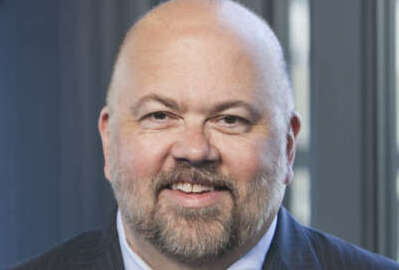
January health premium hike cuts into pay raise, retiree COLA
Senior Correspondent Mike Causey says that if health premiums jump as expected, folks will have to shop for a lower-cost plan, regardless of a pay raise and COLA.
Federal and postal workers this week will learn how much their health premiums will be going up in January. Later this month, retirees will learn the amount of their January cost-of-living adjustment, which could exceed the pending 1.9 percent white-collar federal pay raise. Or not.
Many workers and retirees confuse a federal pay raise with a retiree COLA. Many politicians — when giving themselves a pay raise — often refer to it as a COLA, simply a catchup with inflation. But the two are very different. COLAs track changes in the cost of living, whereas pay raises are a political-fiscal decision.
President Donald Trump has called for a 1.9 percent January pay raise for nonpostal federal workers. Under the locality pay system, 1.4 percent of that will go to many workers, while an additional 0.5 percent will be granted to workers in places like San Francisco-San Jose, New York City, Washington-Baltimore and other locality pay zones.
Uniformed military personnel would get a 2.1 percent raise next year under the Trump budget.
Later this month, federal and postal retirees (or their survivors) will get the official number of their 2018 cost-of-living adjustment. It’s expected to come in at, or around, 2.2 percent. But the hike won’t be official until mid-October. The same COLA will go to people who get Social Security benefits and to military retirees.
The different numbers underscore that increases for retirees (COLAs) are raises. They are based on inflation, as measured by the Bureau of Labor Statistics Consumer Price Index-W. Pay raises for workers have no official link to inflation. Since the Clinton administration, federal pay raises — when there were raises — were set by the president. That figure prevailed unless Congress increased the amount. But the increases under Presidents Clinton and Bush never matched those that would have gone into effect had the 1990 FEPCA (Federal Employees Pay Comparability Act) formula been followed.
If higher health premiums cut into the pay raise or COLA, both active-duty feds and retirees have lots of options. They can change health plans. In many cases, the low or basic option of a particular health plan offers almost identical benefits at a much lower premium than the plan’s “standard” or high option. There will be an open season in November and December, when everybody in the FEHBP gets a chance to switch plans. Nobody can be denied coverage because of preexisting conditions, and in many cases, people can save $1,000 or more in premiums simply by switching to a lower-cost plan similar to the one they have now, or a different option with lower premiums.
The government will continue to pay an average of 72 percent of the total premium, no matter how much it increases.
The problem is that only about 6 percent of feds eligible to change plans do so. The switch rate is even lower for retirees, many of whom have stuck with the same plan year-after-year, despite premium increases. Many of them could save a lot of money — and lower their premiums — by doing a little shopping. More tips on that as the open season draws near.
Nearly Useless Factoid
Bones are about 22 percent water.
Source: The Water Information Program
Read more of Mike Causey’s Federal Report
Copyright © 2025 Federal News Network. All rights reserved. This website is not intended for users located within the European Economic Area.
Mike Causey is senior correspondent for Federal News Network and writes his daily Federal Report column on federal employees’ pay, benefits and retirement.
Follow @mcauseyWFED





